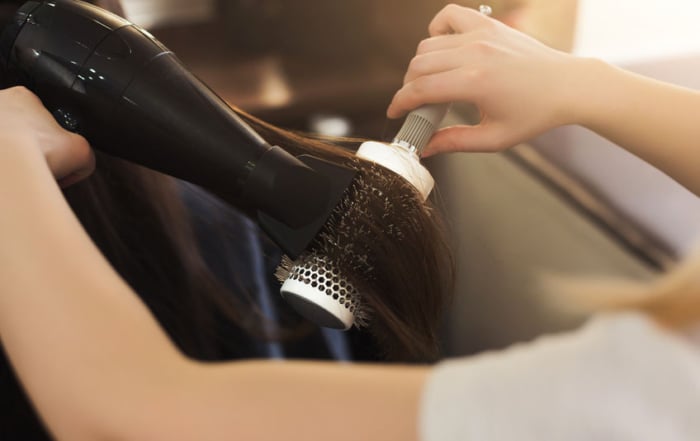Rotator Cuffs Are Prone To injury
When someone reaches overhead, catches a ball, or lifts a heavy object, the shoulder is hard at work, especially the rotator cuff. The shoulder joint consists of a ball-and-socket joint. A group of muscles, tendons, and ligaments wrap around the joint to form the rotator cuff. The rotator cuff protects the joint, allowing rotation and flexibility. Like any joint, injuries are common, particularly a rotator cuff tendinopathy or tear

Do you have rotator cuff tendinopathy?
Rotator cuff tendinopathy is inflammation of one or more tendons in the shoulder. The condition is also called tendinitis or tendinosis. In some cases, microtears can form on the tendons, creating more pain and discomfort. Rotator cuff tendinopathy can happen to anyone but is common during middle age. Overuse of the joint, like in sports or certain jobs, or a physical injury can cause these microtears. Symptoms include pain, swelling, joint clicking, and stiffness.
All torn up
A case of tendinopathy could be troublesome, but a tear could be much more severe. With a tear, the tendon is damaged and pulls away from the arm bone. Some people experience a partial tear, where part of the tendon is still attached to the bone. However, a full-thickness tear is more severe with the tendon completely unattached from the bone. Rotator cuff tears are common in sports or accidents. With older patients, years of damage and overuse can finally cause a tear. With tears, raising the arm overhead feels impossible. Other symptoms include weakness, intense pain, and the loose tendon creating a catching sound.
How can I tell the difference?
Understanding the difference between tendinopathy and a rotator cuff tear could be difficult. For starters, both have similar symptoms like pain, swelling, and stiffness. With a tear, the arm can barely move overhead. Tendinopathy tends to happen over months, even years, of overuse. Tears, however, are sharp pains that generally occur after a sports collision or accident. With a tear, sometimes a pop or snap happens at the point of impact. If the shoulder loses some function and the pain is persistent, see a doctor immediately. With an x-ray or MRI, the doctor can differentiate between a tear or tendinopathy.
Do both conditions require surgery?
With a rotator cuff injury, surgery depends on the degree of the injury. Because tendinopathy happens over time, most cases respond well to non-surgical treatment. For instance, the doctor can recommend a combination of physical therapy, medication, and bracing over several months. Sometimes, an added corticosteroid shot can help. In severe cases, tendinopathy can evolve to a damaged tendon that needs surgery. Rotator cuff tear surgery also depends on the degree of damage. Most partial tears cause minimum damage and respond to conservative treatment. However, a full-thickness tear will require surgery to reattach the tendon to the bone.
Can’t tell the difference? A doctor can help
Shoulder conditions like tendinopathy or tears can be painful and distressing. Losing the range of motion can restrict work, sports, and family obligations. Pay attention to when the shoulder pain happened to get an idea of the type of injury. If the pain does not go away after several days, see a doctor. Once the doctor diagnoses tendinopathy versus a tear, treatment can start right away.




